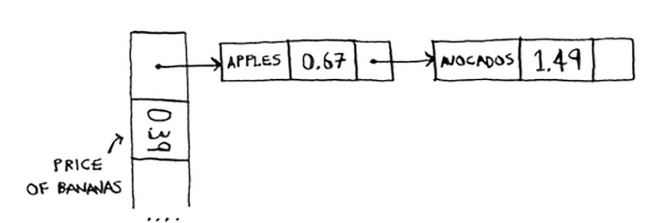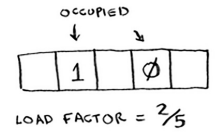HashTables
What is a Hash Function?
A hash function maps a string (or any input) to a numerical value. It is important for hash functions to consistently return the same output for the same input.

What is a Hash Table ?
When we combine a hash function with an array, we get a hash table—a data structure that efficiently stores key-value pairs.
Example Usage in Java -
Map<String,Integer> map = new HashMap<String,Integer>();
map.put("Apple",67);
map.put("Banana",45);
Use case where we want -
- to create mapping from 1 thing to another
- look something up
Example- Phone book, DNS resolution, Voting booth check, caching
Collisions
Sometimes, a hash function maps multiple keys to the same index this is called a collision. It can be handled in various ways, one common way is to use a Linkedlist to store multiple values at same index.

A good hash function minimizes the number of collisions.
Hash Table Performance
- Worst case: O(n) (if all elements end up in the same linked list)
- Best case: O(1) (constant time, where each key has a unique index)
For good performance we need -
- A good hash function
- A low load factor
Load Factor = (Number of Items in Table) / (Total Number of Slots)

If the load factor reaches 1 (meaning the table is full), the hash table resizes by creating a larger array and rehashing existing elements.